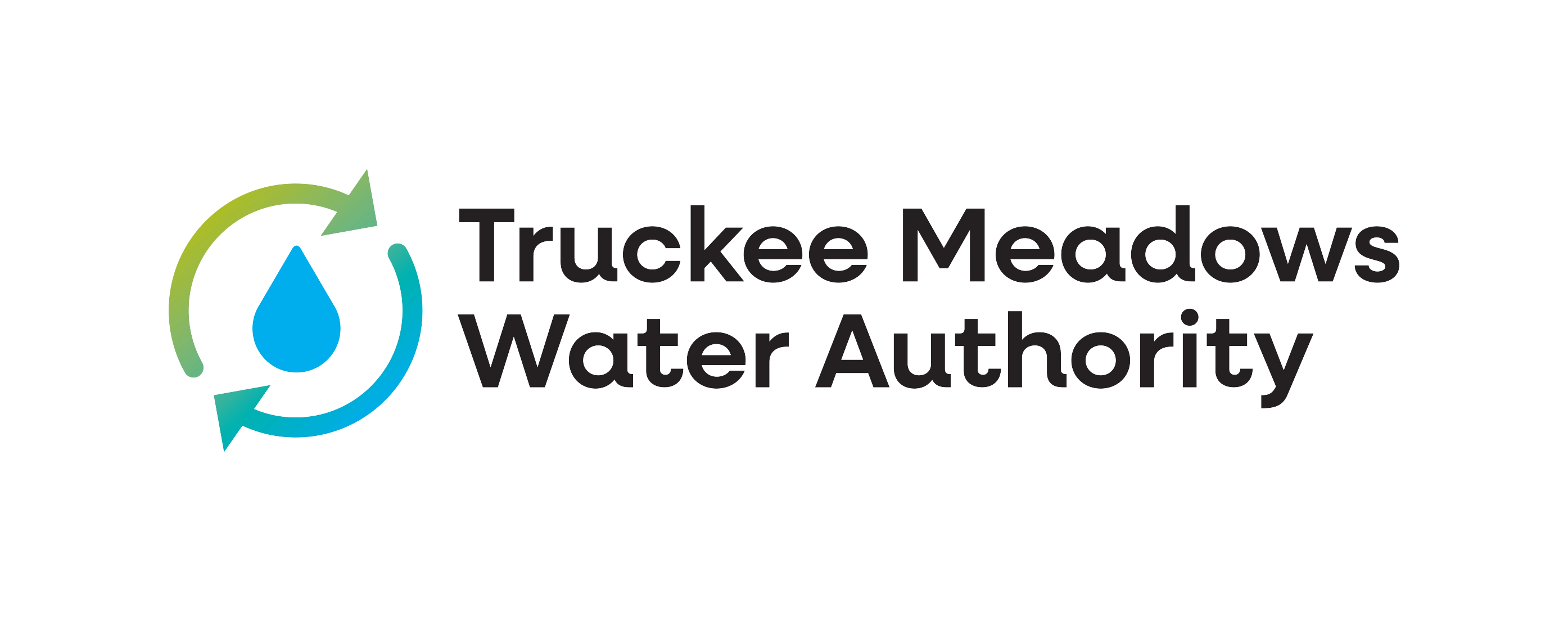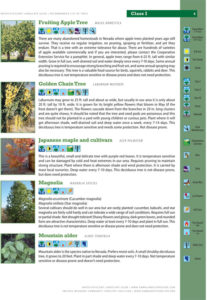This list indicates size classes determined by each tree’s trunk size, crown spread, and growing space requirements at maturity. After evaluating the space, refer to this information when choosing a tree.
Class I – Small trees that grow to less than 30 feet. Good to plant in areas under power lines or areas with limited space.
Class II – Medium-sized trees reaching heights of 30 to 50 feet at maturity. Trunk diameters are moderate. Trees are predominately planted for shade and
general landscape uses.
Class III – Large growing, long-lived trees reaching heights over 50 feet. May reach over 60 feet in spread. Need ample room to grow.
Street – Includes trees appropriate for placement in planting strips. Trunk diameter of tree at maturity determines the required width of the planting strip. Class I Street Trees requires that the planting strip be a minimum of five feet between the curb and sidewalk. Class II Street Trees requires seven to 10 feet. Class III requires planting strip widths greater than 10 feet wide. These guidelines are set in place to avoid future root conflicts with curbs, gutters and sidewalks.
Sidewalk – Includes trees suggested for streetscapes and planting in constructed “Tree Wells.” Tree Wells for the City of Reno are a standard 5 foot by 5 foot cut-out in the sidewalk with installed tree grates and upright tree guards. Trees in this section are chosen because of their up-right/ columnar growth habit, which minimizes limbs obstructing pedestrian and vehicular movement.
Approved street trees for planting within the public right-of-way – Trees referenced as Street Trees from this list are approved for planting within the City of Reno rights-of way. Many of these trees are also included in the City of Sparks Urban Forester’s List of Recommended Tree Species. Permits are required for any trees to be planted within the public rights-of-way in Reno. The City of Sparks and Washoe County also require approval for any improvements within their designated public rights-of way.
Trees prohibited from planting within public rights-of-way – Some trees are prohibited from public rights-of-way because they have characteristics that create hazards. They may be weak-wooded trees that are prone to breakage, produce fruit or seeds that make sidewalks dangerous, or have invasive root systems that damage concrete and underground utilities.
“Community forest” is the term used to describe a collection of trees growing in and around an urban or suburban area. It’s the trees that dot our yards, line our streets, and fill our parks with beauty and shade. A healthy community forest consists of trees that naturally grow well in our area. In our quest to provide you with tools to best care for your trees, we developed this Recommended List of Trees (~5mb PDF) (part of Truckee Meadows Water Authority’s Water-Efficient Landscape Guide)to help you on your quest to choose the right tree for the right place. Proper tree selection begins with choosing trees that are compatible with our climate.

